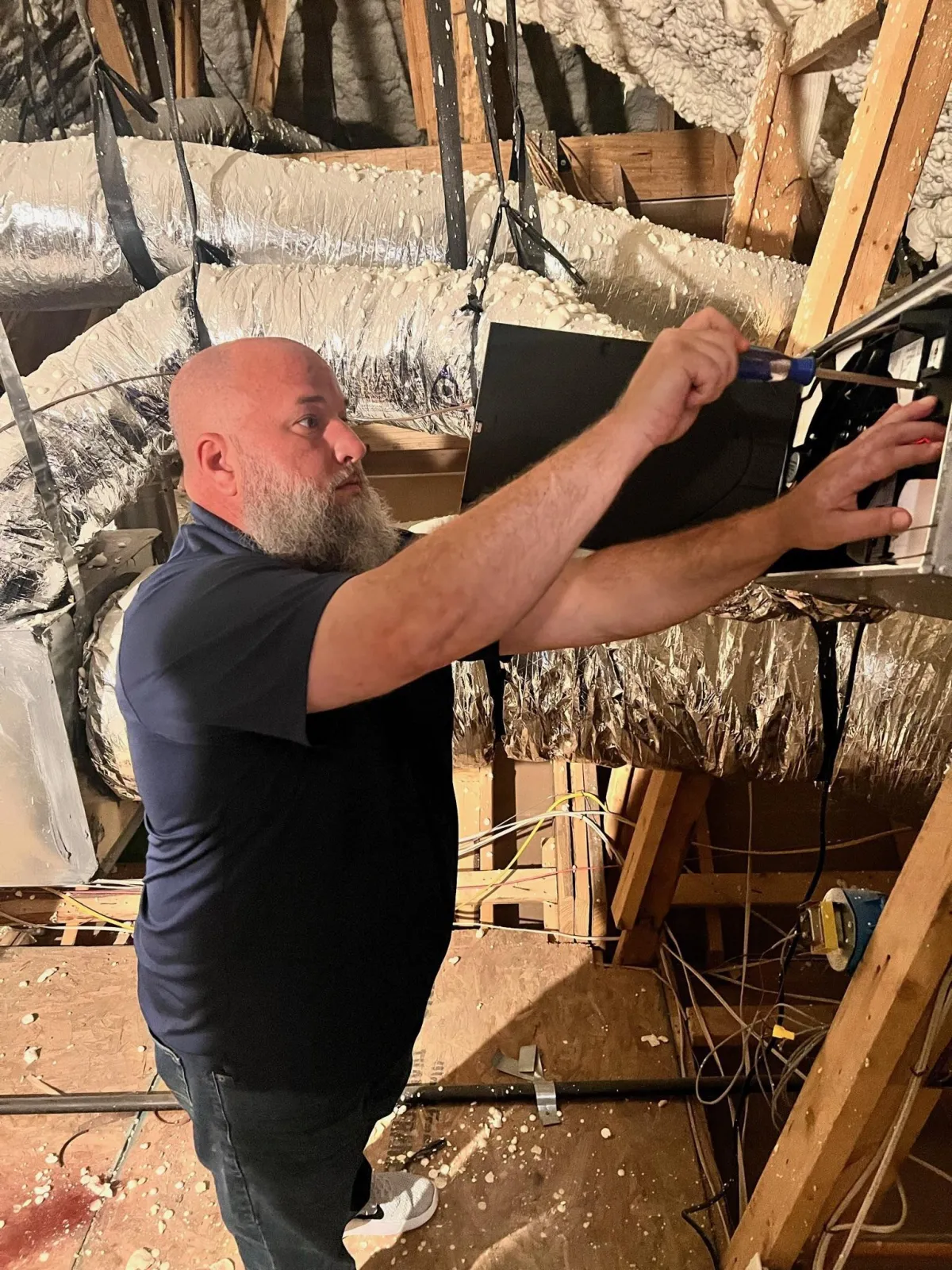A comfortable indoor environment starts with one thing — the right HVAC installation. Whether you’re moving into a new home, upgrading an old system, or designing a commercial space, professional HVAC installation services are the foundation of efficiency, comfort, and long-term performance.
Installing an HVAC system isn’t just about placing equipment — it’s about engineering airflow, optimizing energy use, and creating a climate that supports your lifestyle or business needs. Let’s explore why professional installation matters, what the process involves, and how to choose the best service for your home or property.
What Is HVAC Installation?
HVAC installation refers to the process of designing, sizing, and fitting heating, ventilation, and air conditioning systems within a home or building. This includes components like:
- Furnaces and heat pumps
- Air conditioners
- Ductwork and ventilation systems
- Thermostats (smart or manual)
- Air purifiers, filters, and humidifiers
A proper installation ensures your system delivers balanced temperature, clean air, and energy savings — without overworking or wearing out prematurely.
Why Professional HVAC Installation Matters
DIY or unqualified installations can lead to inefficiency, frequent breakdowns, or even safety hazards. That’s why hiring a licensed HVAC installer is essential. Here’s why professional expertise makes a difference:
1. Correct System Sizing
Your HVAC system must match the square footage and design of your home. If it’s too small, it won’t heat or cool efficiently. If it’s too large, it will cycle on and off too frequently, wasting energy and shortening its lifespan. A professional technician performs load calculations to ensure the perfect fit.
2. Optimal Energy Efficiency
Professional installers follow manufacturer specifications and building codes to ensure your system operates at peak efficiency. Properly sealed ducts, calibrated thermostats, and balanced airflow all contribute to lower energy bills and improved comfort.
3. Enhanced Indoor Air Quality
Incorrectly installed systems can circulate dust, allergens, or pollutants. Professional installers make sure filters, vents, and ducts are correctly positioned for healthy airflow throughout your home.
4. Safety and Warranty Protection
HVAC systems involve electrical, refrigerant, and gas components that can be hazardous if mishandled. Professional installation ensures compliance with safety standards — and keeps your manufacturer warranty valid.
5. Long-Term Cost Savings
A properly installed HVAC system runs more efficiently, lasts longer, and requires fewer repairs over time. This means you’ll save money on energy bills and maintenance costs.
Steps in a Professional HVAC Installation
When you schedule HVAC installation services, here’s what you can expect from start to finish:
1. In-Home Assessment
A certified technician evaluates your home’s layout, insulation, existing ductwork, and square footage to determine the right system size and configuration. They’ll discuss your comfort preferences and budget to recommend the most suitable model.
2. System Design and Selection
Based on your needs, the installer will help you choose between central air conditioning, heat pumps, split systems, or hybrid models. Energy-efficient systems with high SEER (Seasonal Energy Efficiency Ratio) ratings are often recommended.
3. Ductwork Inspection and Preparation
If you already have ductwork, it’s checked for leaks, blockages, or damage. In new installations, ducts are carefully designed to ensure even airflow across every room.
4. Equipment Installation
This is where the real work happens — installing indoor and outdoor units, connecting refrigerant lines, and wiring electrical components. Installers follow manufacturer standards to ensure optimal performance.
5. Thermostat Setup
A modern smart thermostat is configured to give you precise temperature control and energy-saving automation. This step is key to comfort and convenience.
6. Testing and Calibration
Once installed, the technician tests every part of the system — airflow, refrigerant pressure, thermostat response, and temperature balance — to confirm everything runs smoothly.
7. Final Walkthrough and Guidance
Before leaving, the installer will explain system features, demonstrate basic controls, and share maintenance tips to help you get the most out of your new HVAC system.
Different Types of HVAC Systems You Can Install
Not all HVAC systems are the same. Depending on your home’s size, energy goals, and budget, you may choose from several types:
- Split System: Separate indoor and outdoor units; the most common setup for homes.
- Hybrid System: Combines electric and gas heating for optimal energy efficiency.
- Ductless Mini-Split System: Ideal for homes without ductwork or for room additions.
- Packaged Heating & Cooling: A single outdoor unit that handles both heating and cooling, often used for small homes or offices.
- Geothermal Systems: Uses underground energy for heating and cooling — highly efficient but with a higher upfront cost.
Each system offers unique benefits, and a qualified HVAC professional can guide you to the best choice for your property.
When to Consider New HVAC Installation
Here are signs it might be time to replace your old system with a new one:
- Your HVAC system is over 10–15 years old
- Rising utility bills despite regular maintenance
- Frequent repairs or breakdowns
- Uneven temperature distribution in your home
- Unusual noises or smells from the system
A new HVAC installation not only improves comfort but also adds value to your home — especially with today’s energy-efficient models.
Choosing the Right HVAC Installation Company
Your system’s performance depends as much on who installs it as on what you install. Here’s what to look for in an HVAC service provider
